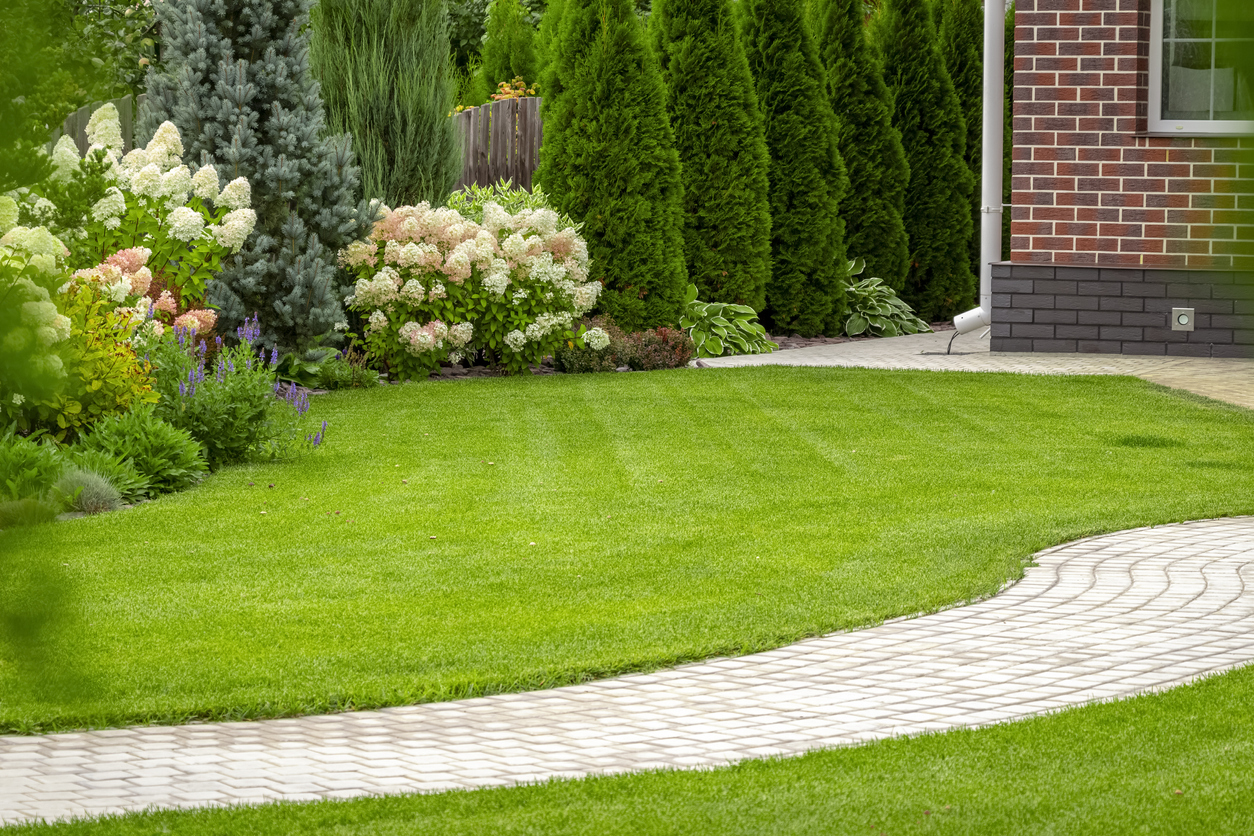Controlling and directing all of your home’s rain gutter system runoff can be quite a challenge. Your installer must be meticulous in planning and constructing a system that completely surrounds the sloped portion of your roof. Then, he must route these gutters to their respective downspouts. But if the rainwater winds up pooling in a flowerbed, puddling on your lawn or splashing near your foundation, all of that painstaking effort will be wasted.
There is one solution that maybe you haven’t considered: sending the runoff underground.
How a French Drain Helps Control Runoff
An effective rain gutter system combined with an underground drainage system can guide water away from your foundation (where it can do substantial damage) and disperse it back into the soil gradually and easily. Say goodbye to pools, puddles and standing water.
The most common way to get runoff away from your lawn and underneath your yard is by constructing a French drain. A French drain is actually a network of pipes laid in trenches dug beneath the ground through which water runoff can flow. This structure can be attached to your downspouts and will work seamlessly with your existing gutters.
Building a French Drain
The first step in building a French drain is to map out where the trenches must be dug and where the pipe’s termination point will be (preferably an alley, curb or storm drain). These trenches should not cross any electrical, telephone, cable or plumbing lines. Also, the pipes must be placed so that the water runs downhill — away from your home. This may require re-sloping the ground in certain places.
When your yard is “shovel-ready,” your contractor will dig the trenches about eight to 12 inches deep and wide. He might have to take out more dirt in some areas in order to maintain a downhill slope. Then he will cover the bottom surfaces of the trenches with rocks, gravel or shells (and perhaps even some permeable landscape fabric).
Next, he will place lengths of rigid PVC pipe into the trenches. The pipe must be perforated on the bottom to allow the water to drain into the surrounding soil. He will connect your downspouts to the pipe ends so that the rainwater cannot leak as it passes from your gutters to the underground pipe. After all the pipe has been laid, he will cover it with another layer of gravel, shells or rocks before replacing the dirt.
Voila! Your runoff should now flow along your desired path: down the roof, over the gutter caps, into the gutters, through the downspout and into the underground pipe, where it will flow away from your house and out of sight.
Contact Us for a Free Estimate
If you want a gutter protection system to save yourself from dealing with the unpleasant task of cleaning out your gutters, look to the Gutter Helmet® system. Give us a call at (800) 824-3772 with any questions and we can connect you with Gutter Helmet dealers near you.

